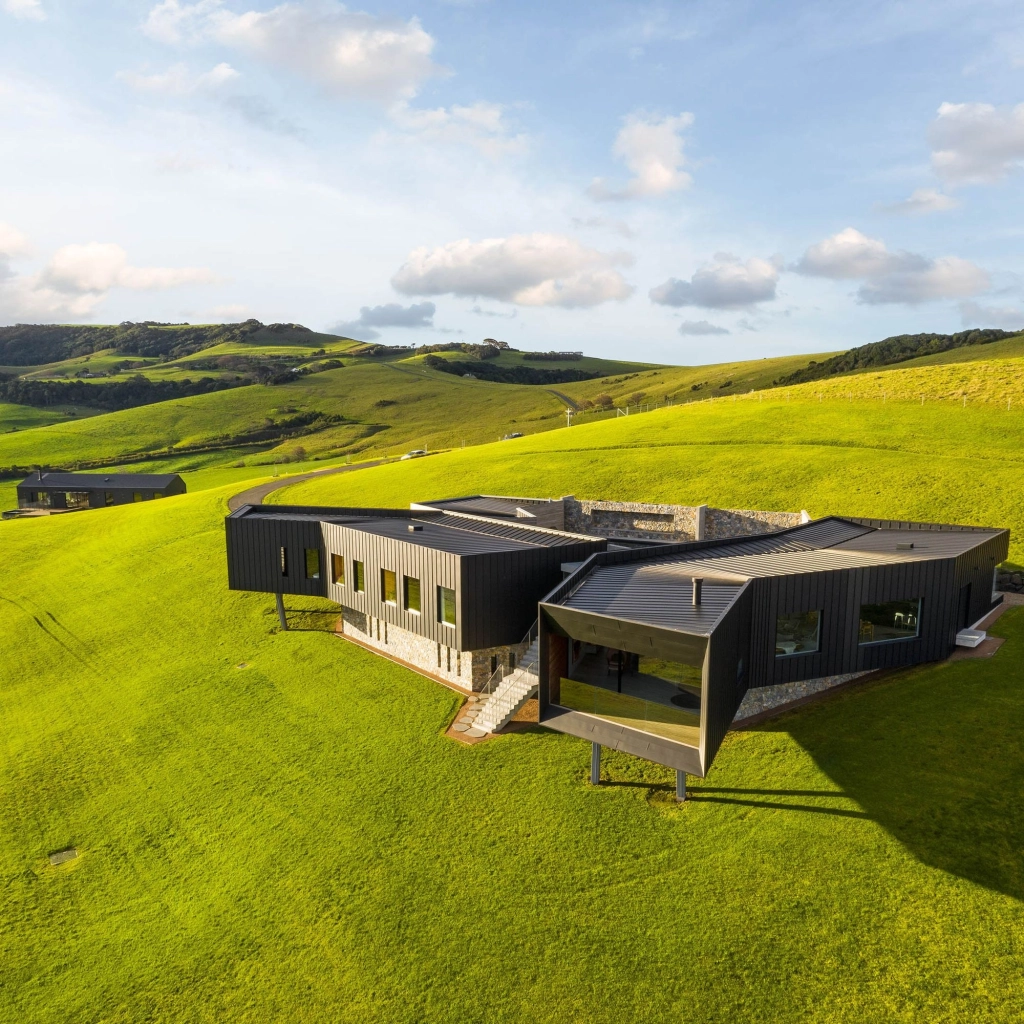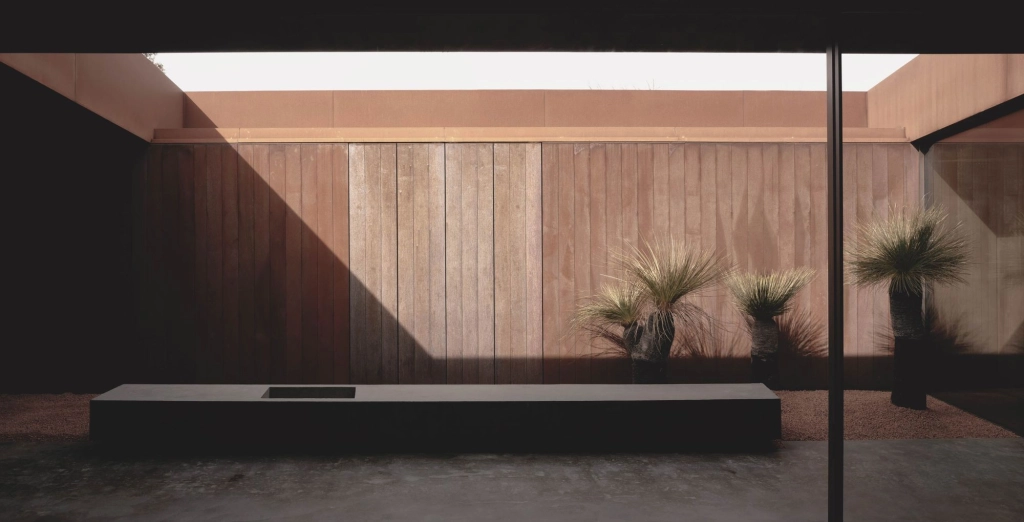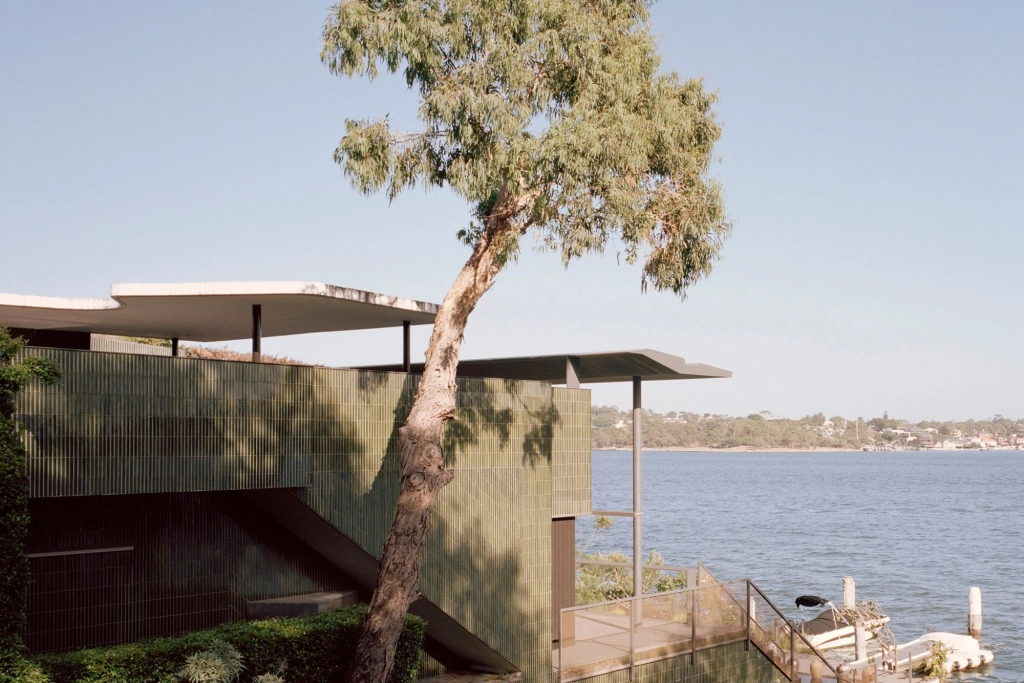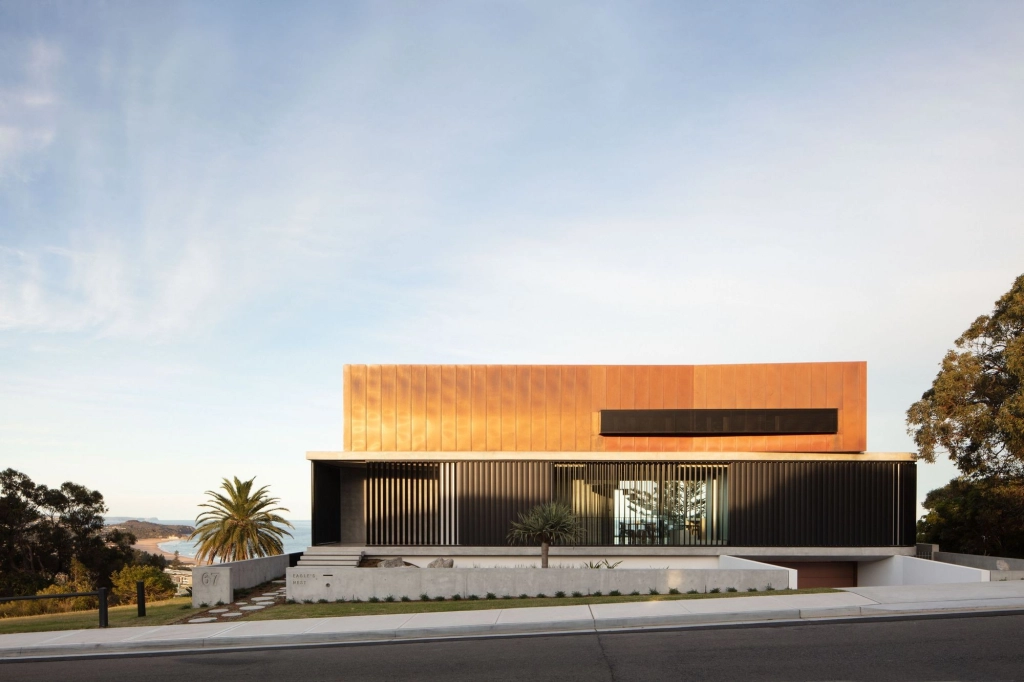I love that architecture is endless. There’s too much to learn, so you never feel like you get to the end.
What does architecture mean to you?
In my life, it's the focus of everything – it's kind of a lifestyle, not just a job. It’s something that’s on my mind all the time. You can’t escape buildings and the questions created about how to live. Architecture is the coming together of history, culture, craftsmanship. Longevity is a big part of it for me, trying to create something to last and serve a purpose well.
Where did it all start for you?
I was initially an industrial designer. I worked in that for a few years, then took time out to do a trip around the world with my partner. I was kind of looking for a career change, and then the most interesting thing to me when I was travelling was the buildings. That theme of longevity – something built to last, the mark of a culture – planted the seed. I had always thought about being an architect remotely in the background, but this trip brought that into focus. When we returned after 18 months, I got a job with an architect, based on my CAD skills, and launched into it without really knowing what I was doing at all. I worked for four years in architecture and then did uni for five years.
Is there a particular building that stands out for you as crystallising your interest in architecture?
I have visited lots of amazing ancient buildings, but once I had time to study more formally and did some more trips, I went to the Salk Institute by Louis Kahn in San Diego. I had a real emotional response to the proportions, the way materials are handled and the sheer presence of the space.
Vitrocsa is about reducing everything to the most minimal detail.
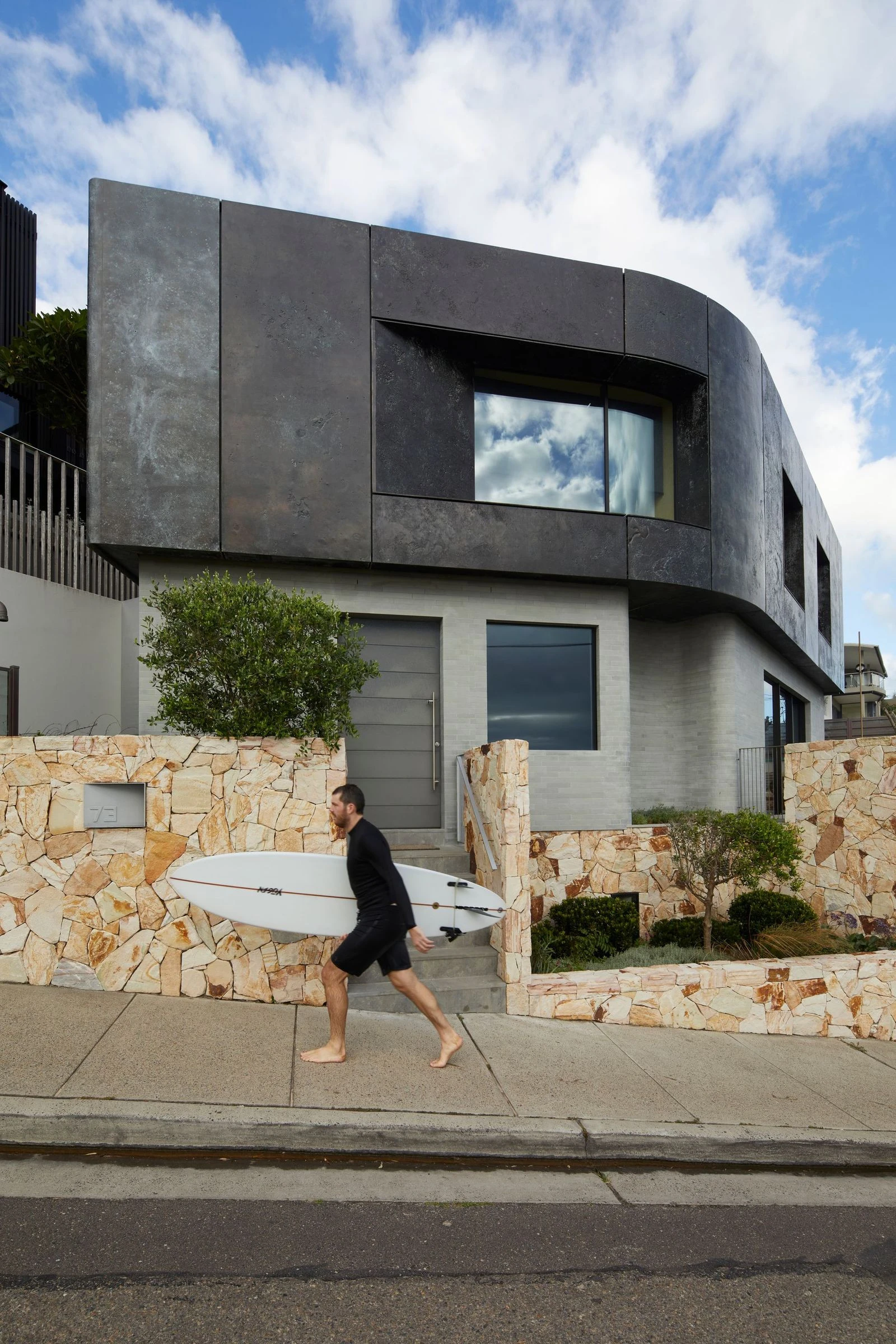
Of course, an initial curiosity is one thing, but it’s quite another to sustain it over many years and the inevitable challenges that come with the discipline.
I love that architecture is endless. There’s too much to learn, so you never feel like you get to the end. Then you’ve also got culture and things continually changing. And then you can choose from so many different areas. So you could have a whole career on single houses and that would be fulfilling, but then you can also move into different building typologies or be a historical lecturer. I can’t even think about all the things you could do! There’s a whole world out there of directions to go in – even if you were just doing single houses you could only focus on detailing materials for ten years – so you can really follow your own path.
What do you believe has been the key to maintaining, growing and evolving your interest in architecture?
Just perpetually feeling like a rookie – staying hungry, as there’s so much to learn. The key is being forever a student; you always want to be curious.
Looking back, is there a project that stands out for you?
The most influential project is the The Headland | Dovecote. It was the first house I did under my own practice. It’s had a life of its own, which is always satisfying. It lifted my profile; other opportunities came of it; it had an impact on setting the course for the practice. It was that once-in-a-lifetime opportunity with that incredible site, but by chance, it came very early in practice.
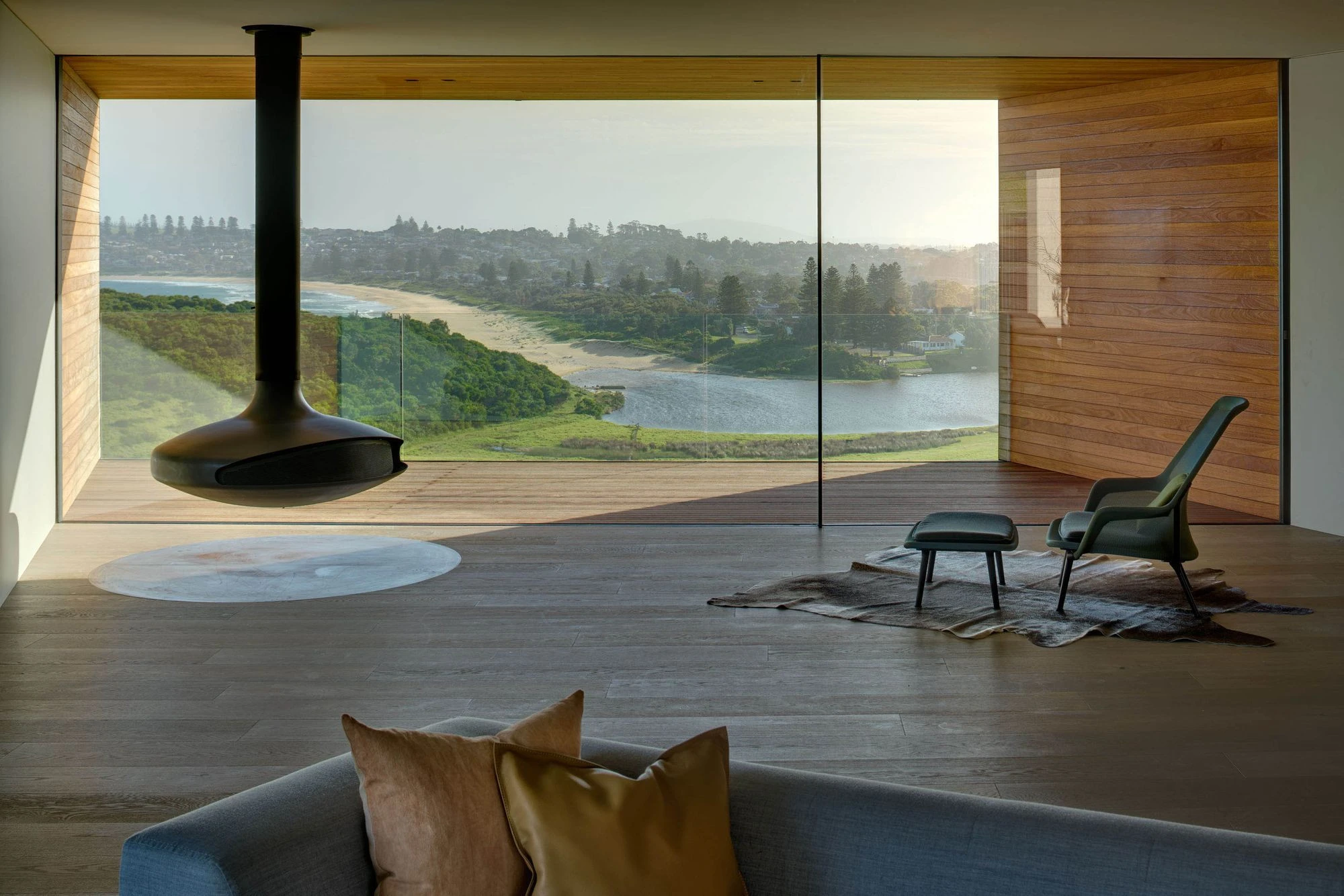
Is there a dream project you’d like to work on?
I really want to do a desert house in Central Australia. For my 30th, I drove from Alice Springs to Darwin, and I just love being out there in the desert. I think it would be great to imagine what the ultimate Australian desert house could be.
What are some of the fundamental principles that underpin your work?
Minimalism is a big one. As I see it, architecture should create a filter for the world. The world is overwhelming – there’s so much distraction and things to look at – so if you create a focus and minimalist space, it’s uplifting and draws attention to magic transient moments.
How do you relate to the Vitrocsa philosophy of “less is more”?
It's exactly what we do. That's why Vitrocsa is always a good choice. It filters away fussy details so brilliantly to place the focus on connection to landscape.
Why do you choose to use the Vitrocsa system in your work?
Apart from the fundamental fact that Vitrocsa is about reducing everything to the most minimal detail, the products are just super high quality. You’re also able to do really large sizes that you can’t really get with others. Then there’s the level of customisation. It’s always a bit of a collaboration, getting the best out of the product for a specific project.
So, looking beyond work now, how would you spend an ideal day off?
Surfing and bushwalking. I surf a lot locally at Avoca Beach and walk through the whole Hawkesbury area. That landscape with its sandstone boulders and banksias is amazing. At the end of the day, architecture is all place and placemaking, so it doesn’t have to be man-made. There are some amazing, natural-found places that are always inspiring; for example, I have a few secret caves in Ku-ring-gai Chase National Park where there are amazing caves with incredible light effects, and I still haven't figured out how it works!
Visit
atelier-andycarson.comCredits
- Rose Onans – Words
- Atelier Andy Carson – Architecture
- Phil Winterton | Martin Mischkulnig | Michael Nicholson – Photography
